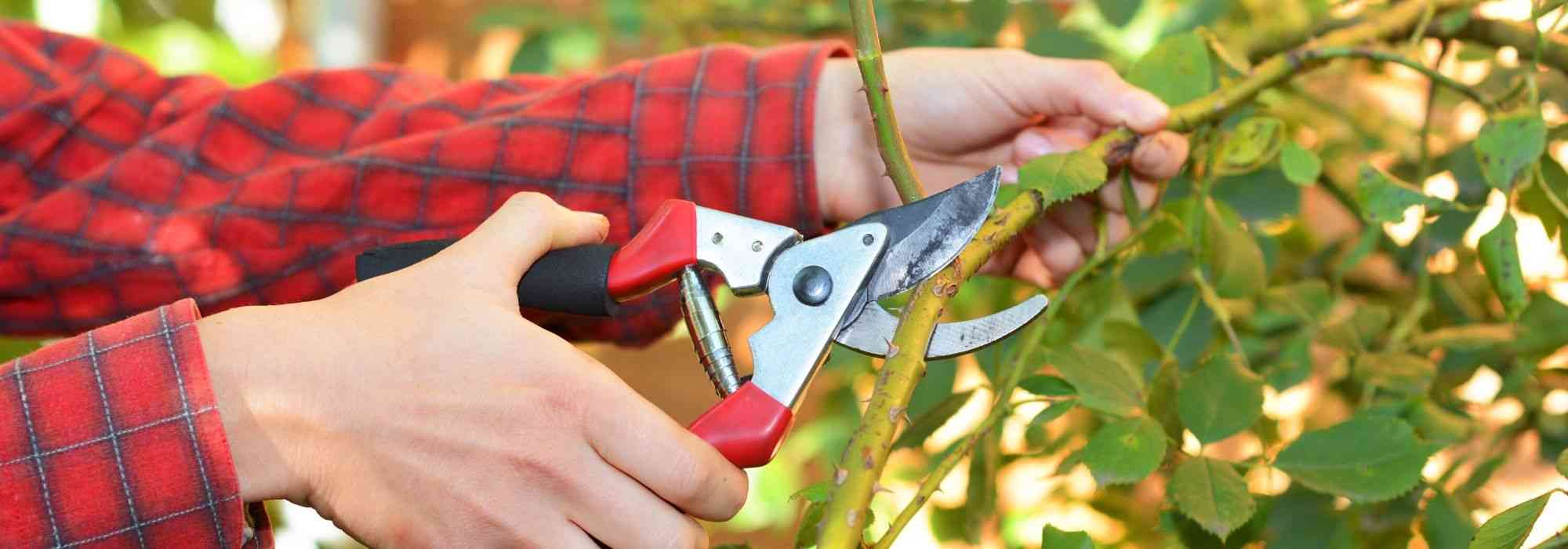
Main manual cutting tools and their use in the garden
Pruning shears, shears, loppers, etc.
Contents
In the garden, pruning and cutting jobs are numerous and situations (hedges, rose bushes, bushes to prune and even trees to prune or scrub to clear…) are as varied as the tools to use. Pruning shears, shears, loppers, saw… some are fairly versatile while others are dedicated to very specific tasks. To carry out these jobs neatly and safely, it is therefore important to use the right tool.
To find out everything about hand pruning and cutting tools in the garden, discover our advice sheet.
Pruning shear
Pruning shear is the cutting tool you will use most often. It is therefore essential to choose it well. It must fit the shape of your hand perfectly and should be chosen according to whether you are right- or left-handed. Blades must be hardened steel with anti-rust treatment. Handles must have a non-slip coating and blade locking mechanism must be easy to access and effective.
It should also be noted that pruning shears fall into two main categories: pruning shears with bypass blades and pruning shears with anvil blades.
Pruning shears with bypass blades have a blade sharpened on one face that slides over the counter-blade. The cut is clean and precise. This type of pruning shear is used for living wood: pruning roses, bushes, fruit trees…
Anvil pruning shears are cheaper and can cut thicker branches than the former. But they have a thick blade sharpened on both sides that crushes onto a flattened part, the anvil. This type of pruning shear crushes part of the branch and should therefore only be used on dead wood.
For some time now, some pruning shears have been fitted with a rotating handle that reduces joint strain and blisters during intensive use. Some are also designed with the cutting head angled at 30°, which also reduces fatigue and allows greater precision.
Another selection criterion, besides fit to your hand, is the tool’s weight. Some will prefer it feather-light while others will want a tool with some weight for more precise cutting.
Some pruning shears are fitted with a ratchet to cut branches of greater diameter. Unfortunately, the effort required and the repetitive motion tend to tire the hands. A good lopper or pruning saw will likely be more appropriate…
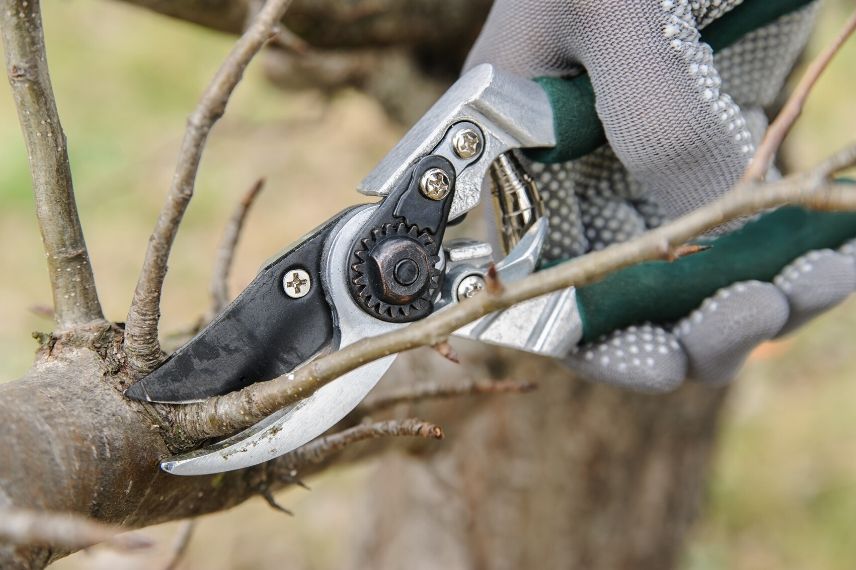
Pruning shear with bypass blades
Follow our advice to choose your pruning shear!
Read also
Garden tools: essentialsLoppers or branch cutters
A lopper is essentially a very large pruning shear used with two hands. It is used to cut branches of larger diameter: 20 to 40 mm. It has long arms, 50 to 90 cm long, larger blades and, sometimes, a ratchet or lever mechanism. Its « long arms » also allow it to reach branches high up and to cut small shoots in the centre of a shrub.
As with its « little brother » the pruning shear, there are also models «by-pass blades» for live wood and «anvil» for dead wood.
To choose the right lopper, here are some criteria to check before buying: the tool should be fitted with hardened, rust-resistant steel blades and ergonomic, non-slip handles. Also choose size and weight according to your needs and build. No point in buying a « heavyweight » if you can barely lift it.
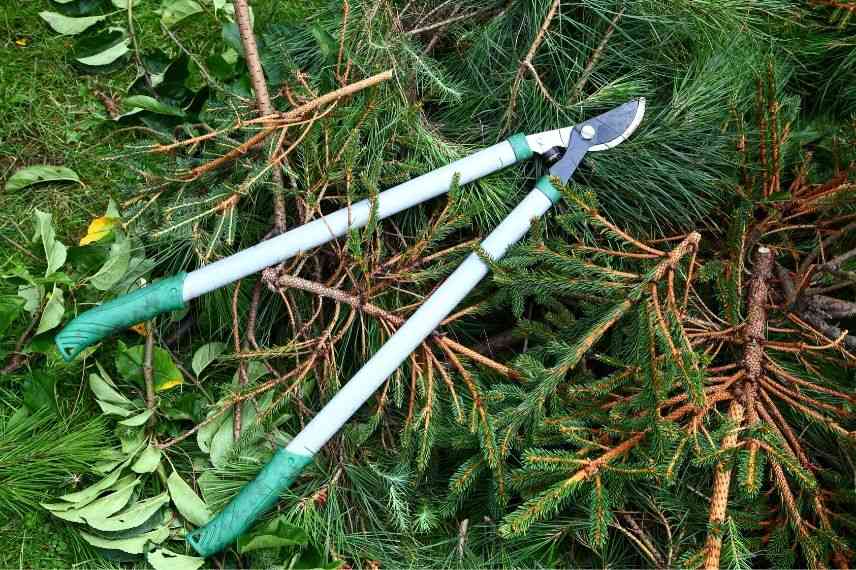
Lopper or pruning lopper
Discover other Pruning and cutting tools
View all →Available in 1 sizes
Available in 1 sizes
Available in 1 sizes
Available in 1 sizes
Available in 1 sizes
Available in 1 sizes
Available in 1 sizes
Available in 1 sizes
Available in 1 sizes
Pruner
Pole pruner, despite its odd name*, is actually just a kind of pruning shear mounted on end of a pole and operated by a cord. You will have guessed, it is perfect for removing branches that are far too high without using a ladder. It is a tool that allows gentle pruning or the so-called “transparent pruning” of ornamental trees and bushes or of fruit trees.
Pole pruners are often mounted on telescopic poles made of lightweight materials, allowing work sometimes at heights exceeding ten metres. The head of the pole pruner, the “pruning shear“, is operated by a cord and can be fitted with a pulley system that multiplies the force applied to ease the cutting action of the shear and thus cut branches of a substantial diameter.
Pole pruner heads can have bypass blades (clean cut) for green wood or anvil blades for dead wood. Some pole pruners are fitted with a pivoting head to reach awkwardly placed branches more easily.
*Its name apparently comes from the fact that this tool used to be used to cut branches covered in caterpillars, for example in case of an invasion of the pine processionary caterpillar.
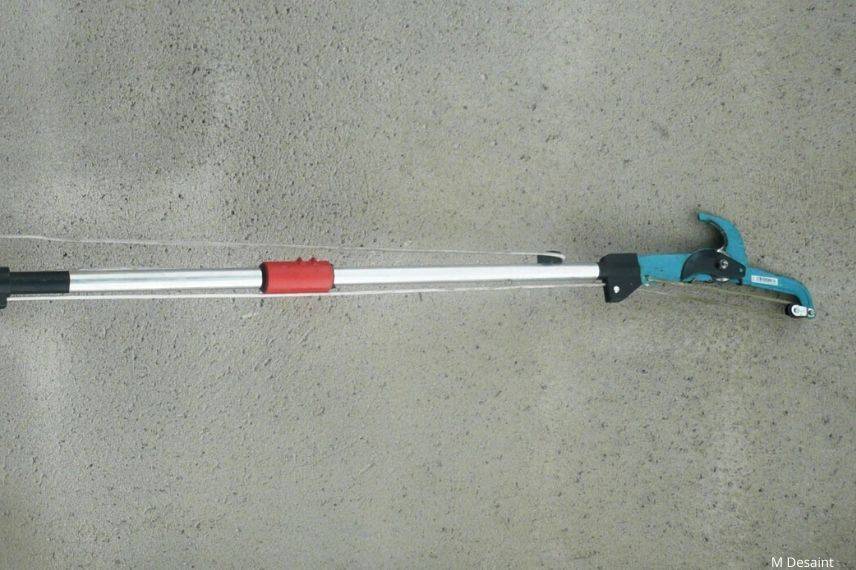
Pole pruner
Read also
Main gardening tools and their functionsGarden saws
Hand saw and Japanese saw
A hand saw is a full-bodied, straight saw whose cutting edge is made up of sharpened triangular teeth. A hand saw is not necessarily intended for gardening but in common usage it is. A hand saw is used by pushing the saw and allows cutting fairly large sections without (too much) damage to the tree.
The Japanese saw looks externally like its western cousin but is not used in the same way. The saw is not pushed but pulled towards the user because the teeth face the gardener. There are two advantages to this type of saw: more power during the cut and the blade stays very straight throughout the sawing.
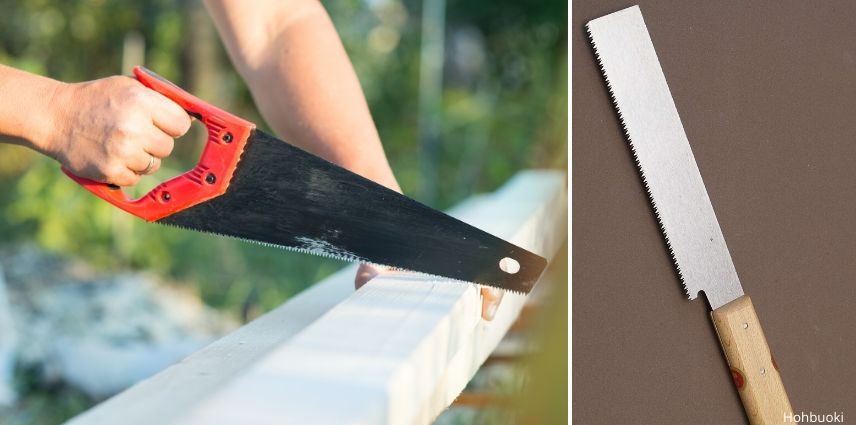
Hand saw and Japanese saw
Small pruning or arboricultural saw
These are saws designed for small cuts through tree or bush. Pruning saws are sometimes folding. The blades of these saws can be straight or curved. They are very light, very manoeuvrable and can slip into tight spots. Most of these saws have hand-saw type teeth, so are used by pushing.
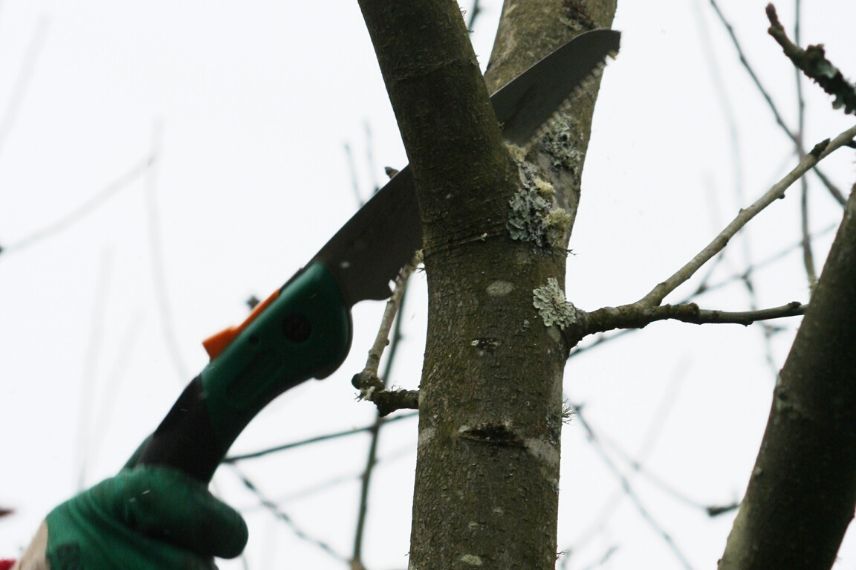
Pruning saw
Pole saw
Counterpart to the pole pruner for high pruning of larger-section branches. It is simply a hand saw mounted on a telescopic pole.
Shears
Hedge shear
Hedge shear is that sort of large pair of scissors used to cut green shoots and foliage of hedge bushes. Garden shear consists of two steel blades extended by non-slip handles (that’s better!). Blades should be robust and, if possible, in stainless steel, less prone to corrosion. There are straight blades, which are the most classic hedge shears, but you can find tools with undulating or serrated blades that are more effective but less precise. Blade length varies between twenty and about sixty centimetres. Handles may be in line with the blades but some handles are angled to reduce shoulder fatigue. Some hedge shears are mounted on a pole for pruning hedges at height without a ladder. Finally, some shear blades are fitted with a rack or lever to multiply cutting force for cutting branches.
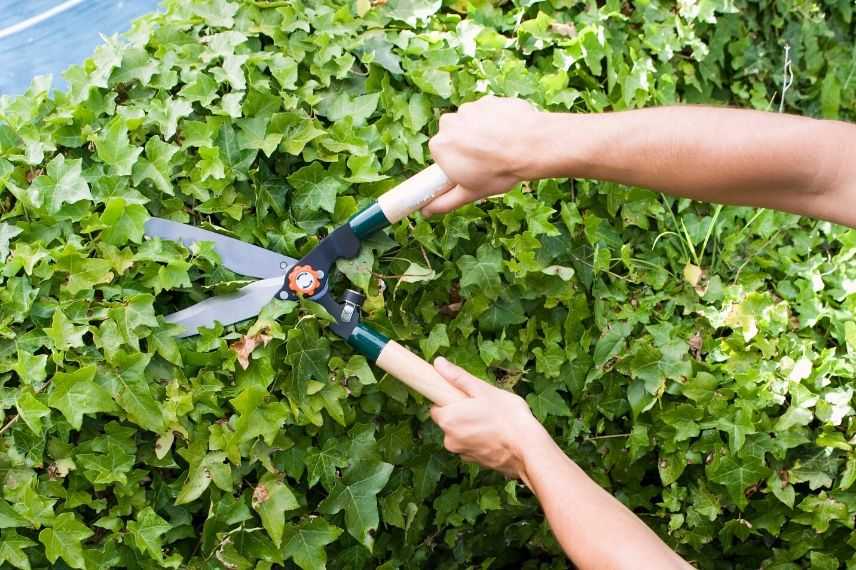
Hedge shear
Lawn shear
Another type of manual shear is the lawn shear; it has a joint so the blades are in the axis of the short grass meadow while the hands remain in the same axis as the arm. It can be compact and operated with one hand: in that case the gardener must crouch to cut the lawn; telescopic, it is then a one-handed shear whose handle is positioned at the top of the arm; or lever-type, the blades are operated by moving the arms apart or together as with a lopper. Blades should be made of stainless steel and handles should be ergonomic. This type of shear places some joint strain on the wrist for compact models and on the shoulders for lever shears, so it is necessary to choose equipment suited to your build.
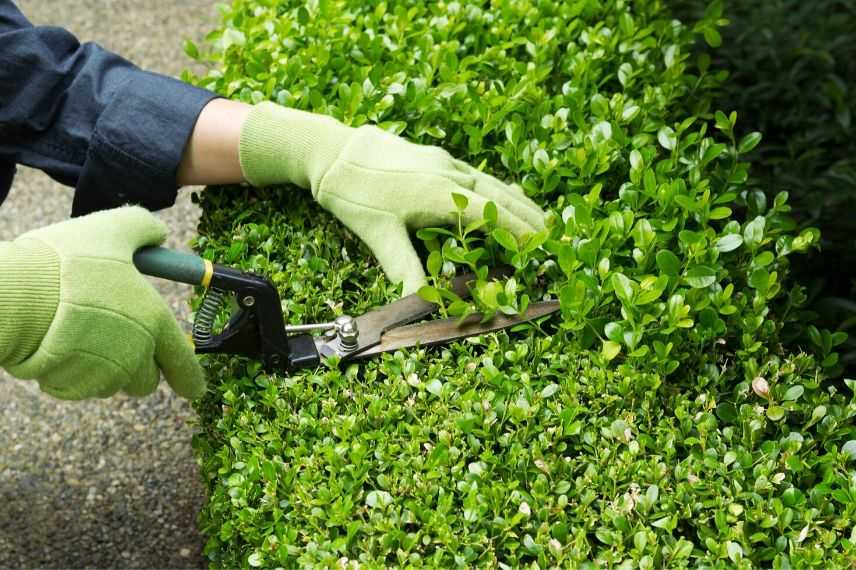
Mechanical lawn shear
Crescent and billhook
Croissant
Croissant owes its name to the crescent shape of its blade. This tool, somewhat old-fashioned, was used for rough cutting of hedges and scrub. It was also used for pleaching living hedges.
Serpe
The serpe resembles the croissant in appearance and use. It is a tool with a curved cutting edge, but with a fairly thick blade, and was formerly used for pruning bushes and hedges. The serpe can also be used to cut culms or dry herbs but is much less sharp and less precise than a sickle.
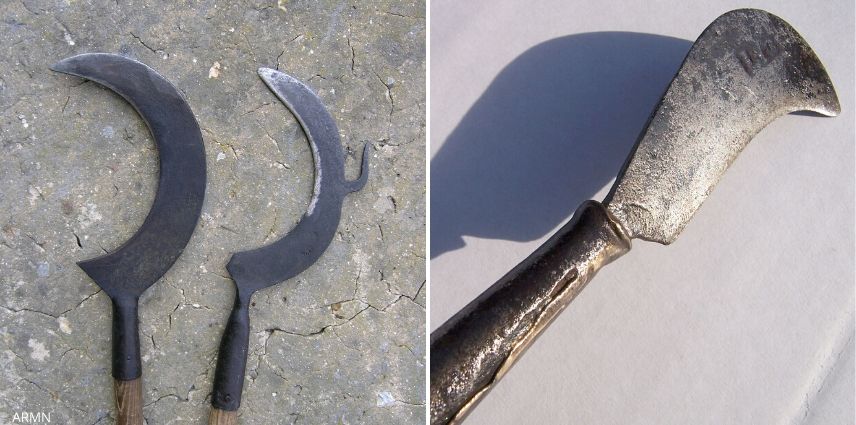
Croissant and pruning sickle
Scythe and sickle
Scythe
Once widely used then forgotten in favour of machines, scythe or faulx has made a comeback in recent years. Silent, non-polluting and durable, and ultimately more efficient and far less dangerous than modern tools, scythe still has a bright future. Scythe is mainly used to cut herb, grasses and dry stems of perennials and annuals. Scythe consists of a long tapered (60 to 90 cm) curved blade. It is fixed to a long handle in wood or metal (140 to 200 cm) fitted with two grips, one at mid-height and the other at the end opposite the blade. The first grip should be attached to the shaft according to user morphology. Some scythes have a shorter but thicker blade; these are very effective for brushcutting more robust plants such as brambles, thistles, nettles and… even young shoots of woody plants.
Using it requires a little training and some practice. But after the first cuts, it does not take long to become very efficient and to outperform machines in speed and effectiveness. Moreover, scythe will prove in the long run less tiring and less hard on back and joints. One last interesting point: scythe cuts even when it rains, when it freezes, when it snows and even… in water. If you need to manage reedbeds in natural environments, you will soon put the ‘strimmer’ back in the shed in favour of a scythe.
Note: blade should be regularly sharpened and maintained for optimal cutting.
Sickle
Looks like a sort of “baby scythe”. In reality, it is more its ancestor! It is used for much the same reasons as scythe, but sickle is used one-handed and for small areas. Very precise and fast, this tool is a blessing for cutting culms and dry stems in a border, for clearing around young trees and bushes, for cutting nettles quickly…
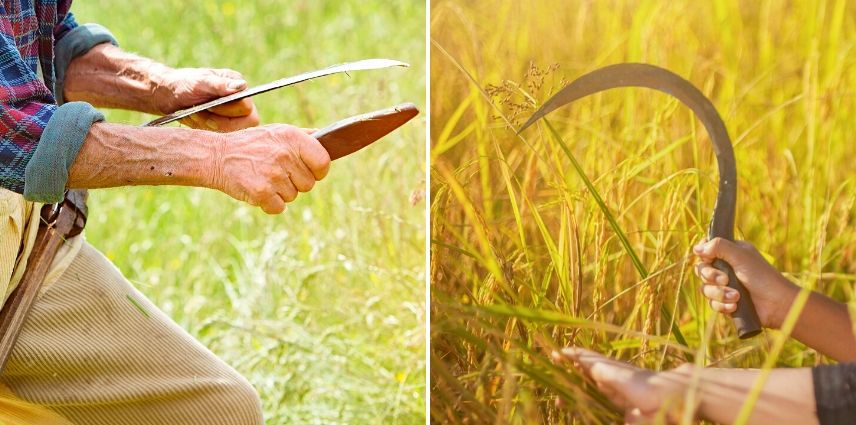
Scythe and sickle
Discover the Japanese hoe, a versatile tool that also allows cutting. Olivier presents it in a video.
Grafting knife and pruning knife
Grafting knife
Not strictly a cutting tool, the grafting knife is nonetheless a knife. The grafting knife is used to… graft. It has a very sharp blade that allows incision of the rootstock’s shoots before inserting the scion. The grafting knife is often fitted with a small spatula to lift the bark of the rootstock. As you will have guessed, this type of tool is reserved for the most experienced gardeners. The grafting knife often has a folding blade so it can be kept in a pocket.
Pruning knife
The pruning knife can also be used for grafting but not exclusively. It is a sturdy knife with a curved, very sharp blade. Aside from the incision work during grafting, the pruning knife can be used to cut fruit, shoots, flowers or even ties. Like the grafting knife, the pruning knife is nowadays almost always sold with a folding blade.
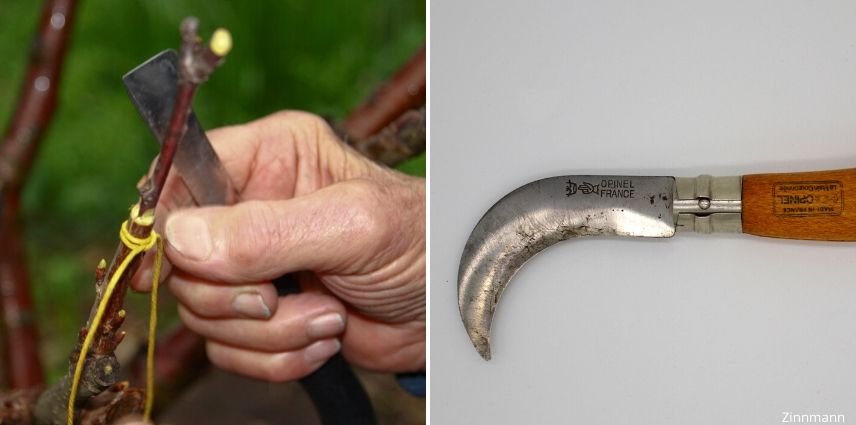
Grafting knife and pruning knife
- Subscribe!
- Contents
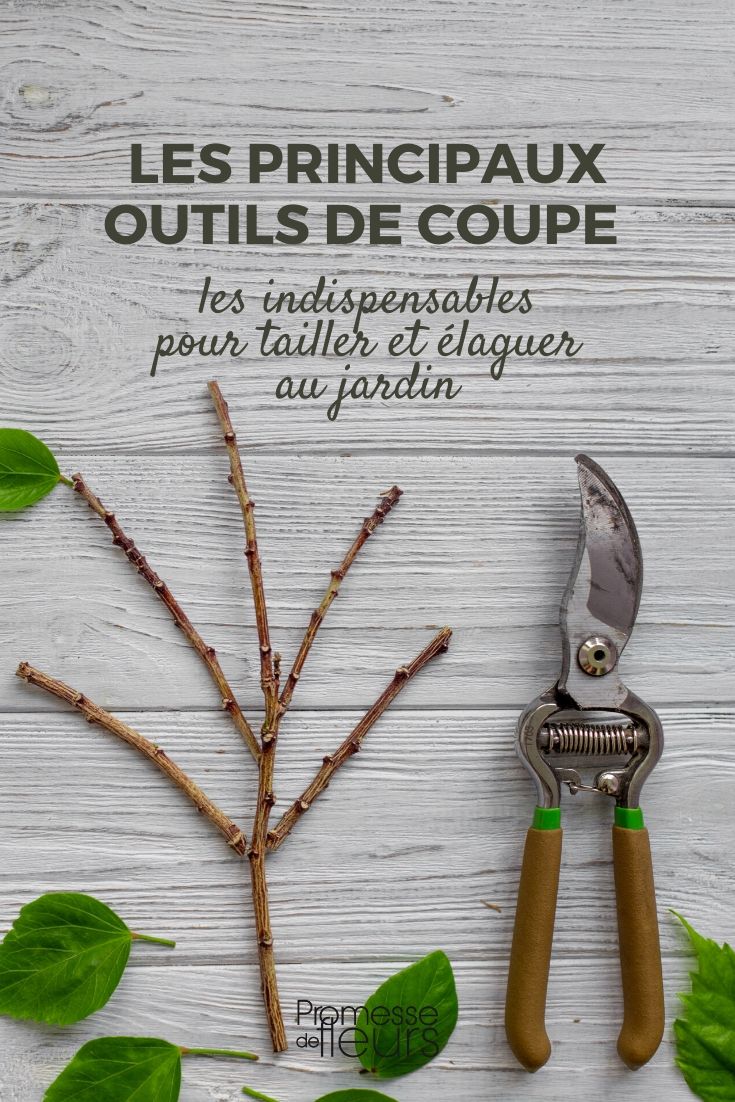































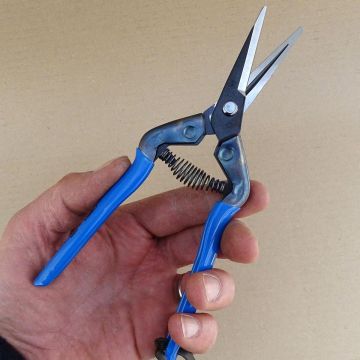
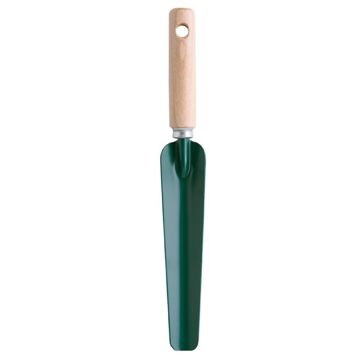
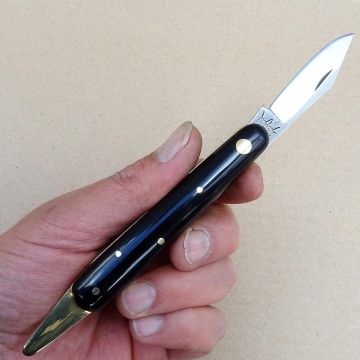
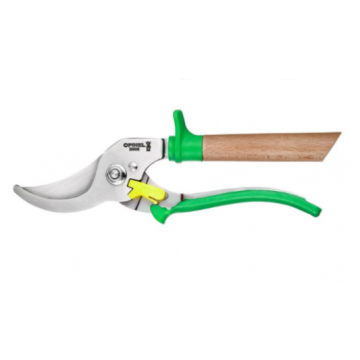

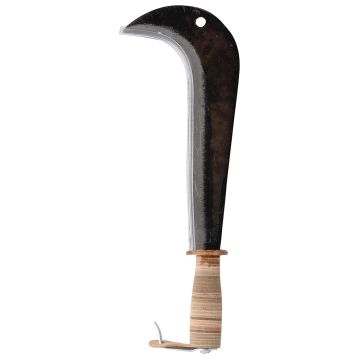

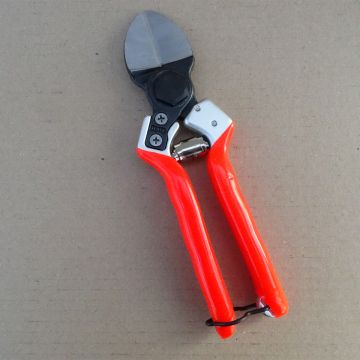
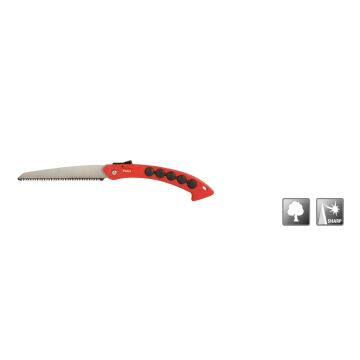
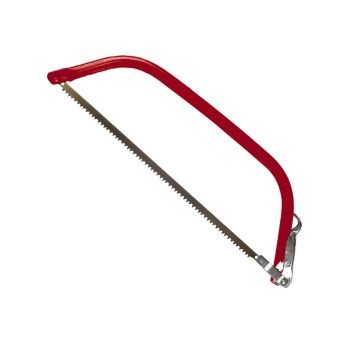
Comments